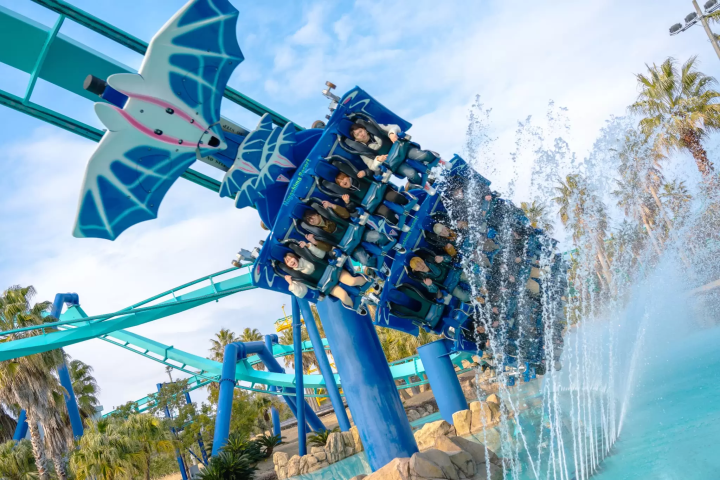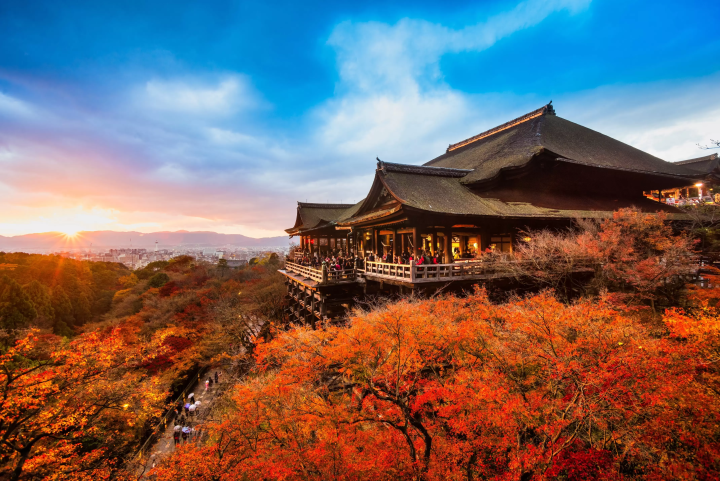[Shimanto City, Kochi Prefecture] Eating the river! Ayu! eel! River shrimp! Gori! “Traditional fishing methods” that are close to the Shimanto River
![[Shimanto City, Kochi Prefecture] Eating the river! Ayu! eel! River shrimp! Gori! “Traditional fishing methods” that are close to the Shimanto River](https://resources.matcha-jp.com/resize/720x2000/2023/12/07-155557.webp)
Introducing traditional fishing methods passed down by river fishermen on the Shimanto River. We will introduce the important culture of the river basin, where we live close to the river and appreciate its blessings.
-
Table of Contents
- Traditional fishing methods of the Shimanto River
- Look at the river and eat the river.
- Introduction to traditional fishing methods
Traditional fishing methods of the Shimanto River
The traditional fishing methods of the Shimanto River have been carefully handed down by local river fishermen, and while their forms have changed little by little as the environment changes, they continue to be practiced as part of their daily lives. The rich bounty of the Shimanto River, such as sweetfish, eel, scampi, and green lettuce, not only adds color to home dining tables each season, but is also deliciously prepared by skilled chefs in Shimanto City and delights the palates of tourists. I'm having fun. It is also processed in various ways and is popular as a souvenir.
![[Shimanto City, Kochi Prefecture] Eating the river! Ayu! eel! River shrimp! Gori! “Traditional fishing methods” that are close to the Shimanto River](https://resources.matcha-jp.com/resize/720x2000/2023/12/06-155284.webp)
![[Shimanto City, Kochi Prefecture] Eating the river! Ayu! eel! River shrimp! Gori! “Traditional fishing methods” that are close to the Shimanto River](https://resources.matcha-jp.com/resize/720x2000/2023/12/06-155319.webp)
![[Shimanto City, Kochi Prefecture] Eating the river! Ayu! eel! River shrimp! Gori! “Traditional fishing methods” that are close to the Shimanto River](https://resources.matcha-jp.com/resize/720x2000/2023/12/06-155285.webp)
![[Shimanto City, Kochi Prefecture] Eating the river! Ayu! eel! River shrimp! Gori! “Traditional fishing methods” that are close to the Shimanto River](https://resources.matcha-jp.com/resize/720x2000/2023/12/06-155287.webp)
Look at the river and eat the river.
If you take a leisurely stroll along the Shimanto River, you can see submerged eel and langoustine traps from the submerged bridge. Depending on the season, you may be able to meet people fishing for sweetfish in the river or fishing on riverboats. There may be fishing equipment set up with stones lined up on the riverbank, or green seaweed may be being harvested at the river mouth. If you take a close look at the Shimanto River, you will find something about the "river and people's activities." Then, in the evening, you can relax and enjoy the ingredients harvested using the device you saw on the river at a restaurant. This is a slightly different way to enjoy the Shimanto River for those who are connoisseurs.
![[Shimanto City, Kochi Prefecture] Eating the river! Ayu! eel! River shrimp! Gori! “Traditional fishing methods” that are close to the Shimanto River](https://resources.matcha-jp.com/resize/720x2000/2023/12/06-155297.webp)
![[Shimanto City, Kochi Prefecture] Eating the river! Ayu! eel! River shrimp! Gori! “Traditional fishing methods” that are close to the Shimanto River](https://resources.matcha-jp.com/resize/720x2000/2023/12/06-155299.webp)
![[Shimanto City, Kochi Prefecture] Eating the river! Ayu! eel! River shrimp! Gori! “Traditional fishing methods” that are close to the Shimanto River](https://resources.matcha-jp.com/resize/720x2000/2023/12/06-155302.webp)
Introduction to traditional fishing methods
We will introduce four representative fishing methods of the Shimanto River.
Ayu fishing
A net is set up in advance to cross the river, and a bonfire is waved from the top of the boat at night. The ayu, startled by the wildly dancing band of flames, is unable to escape and is chased into the net. Nowadays, LED fishing is often used, but the principle remains the same traditional fishing method. Ayu can also be caught using a variety of other fishing methods, including casting nets and fishing.
![[Shimanto City, Kochi Prefecture] Eating the river! Ayu! eel! River shrimp! Gori! “Traditional fishing methods” that are close to the Shimanto River](https://resources.matcha-jp.com/resize/720x2000/2023/12/06-155307.webp)
scampi fishing
If you look near the water's edge from the submerged bridge, you will see a series of vinyl chloride pipes lined up at even intervals. This is a fishing gear called "Korobashi" for catching scampi. In the past, it was made of wood, but over time the material changed to be easier to handle. Scampi is a classic dish that can be eaten brightly and fried. It is also valued as a local flavor, as it resembles a large cucumber.
![[Shimanto City, Kochi Prefecture] Eating the river! Ayu! eel! River shrimp! Gori! “Traditional fishing methods” that are close to the Shimanto River](https://resources.matcha-jp.com/resize/720x2000/2023/12/06-155310.webp)
![[Shimanto City, Kochi Prefecture] Eating the river! Ayu! eel! River shrimp! Gori! “Traditional fishing methods” that are close to the Shimanto River](https://resources.matcha-jp.com/resize/720x2000/2023/12/06-155312.webp)
Eel fishing
Sometimes Styrofoam or plastic bottles float in the river without being washed away. This may be a sign of a kolobashi catching eel. Eels are sensitive to odors, so they cannot be caught in resin traps, and wooden bowls are still often used.
![[Shimanto City, Kochi Prefecture] Eating the river! Ayu! eel! River shrimp! Gori! “Traditional fishing methods” that are close to the Shimanto River](https://resources.matcha-jp.com/resize/720x2000/2023/12/06-155315.webp)
Gori fishing
If there are stones lined up on the riverbank that block the water, it may be a trick for fishing for Gori. In the Shimanto River, the young Numatitibu fish are called "gori" and are a popular delicacy from spring to early summer. It is commonly eaten as fried chicken or boiled in tsukudani.
![[Shimanto City, Kochi Prefecture] Eating the river! Ayu! eel! River shrimp! Gori! “Traditional fishing methods” that are close to the Shimanto River](https://resources.matcha-jp.com/resize/720x2000/2023/12/06-155317.webp)
![[Shimanto City, Kochi Prefecture] Eating the river! Ayu! eel! River shrimp! Gori! “Traditional fishing methods” that are close to the Shimanto River](https://resources.matcha-jp.com/resize/720x2000/2023/12/06-155318.webp)
Things to note
Fishing rights are established for fishing in the Shimanto River. When fishing, it is mandatory to purchase a recreational fishing ticket. Additionally, there is a closed season for fishing in order to protect resources.
If you would like to know more about Shimanto City, Kochi Prefecture, please refer to the information below.
Shimanto City Tourism Association Official Website: http://www.shimanto-kankou.com/
The Hata region of Kochi Prefecture is located at the southwestern tip of Shikoku, and is a peninsula that juts out into the Pacific Ocean, facing Tosa Bay to the east and Bungo Channel to the west. It is made up of three cities, two towns, and one village: Hara Village. It is a natural powerhouse rich in blessings, including the nationally famous Shimanto River and Cape Ashizuri, the blessings of the Kuroshio Current that flows along the coast, and the blessings of mountains that boast the largest area of forests in the country.
The contents on this page may partially contain automatic translation.


























![[50 minutes by car from Nagoya] Experience "sake and culture" in Tokoname](https://resources.matcha-jp.com/resize/720x2000/2026/01/13-255411.webp)



